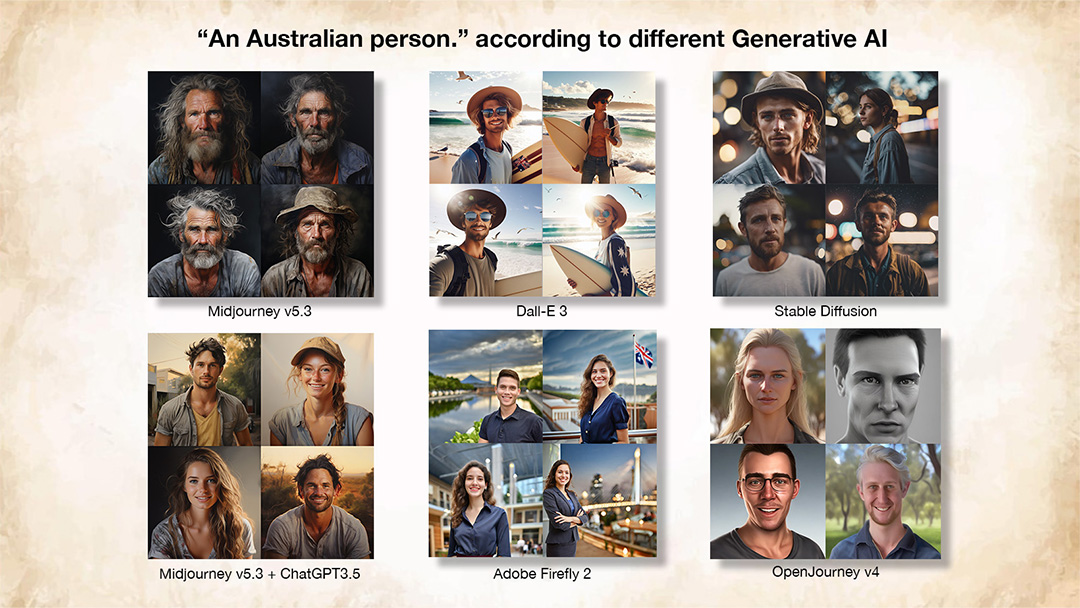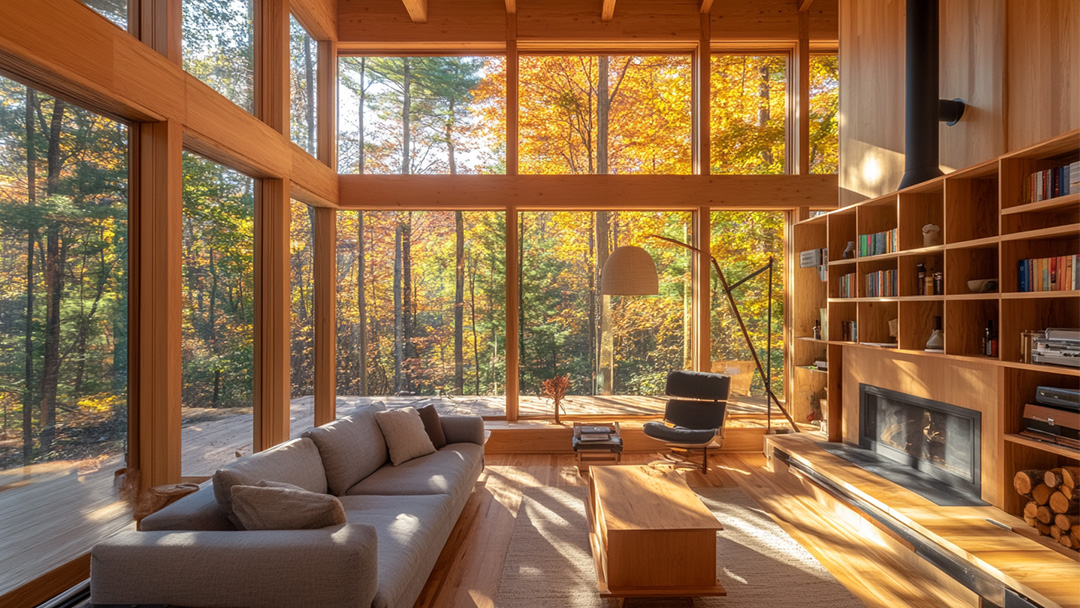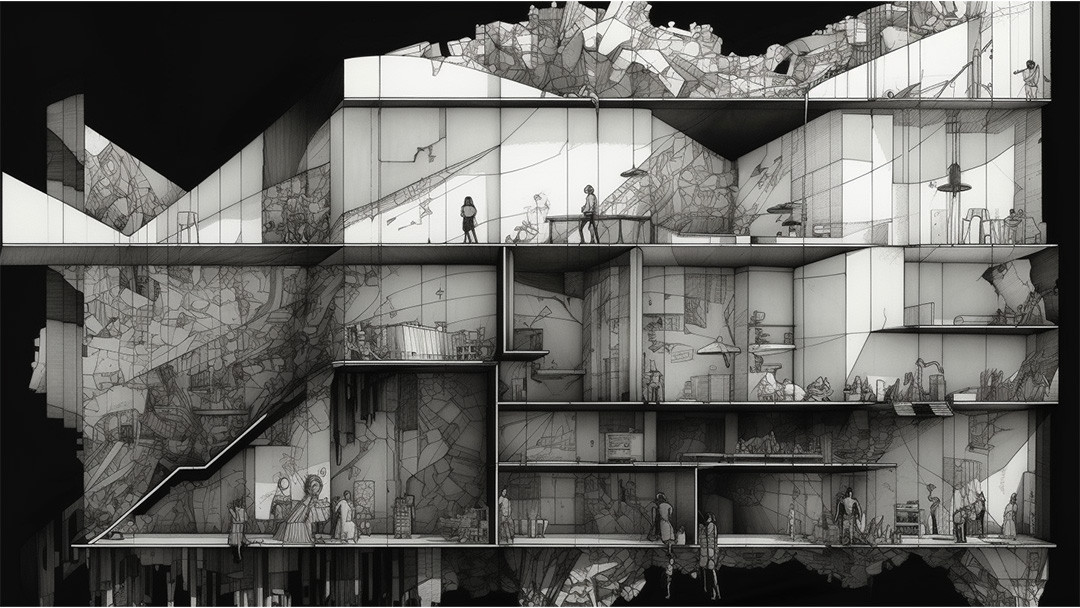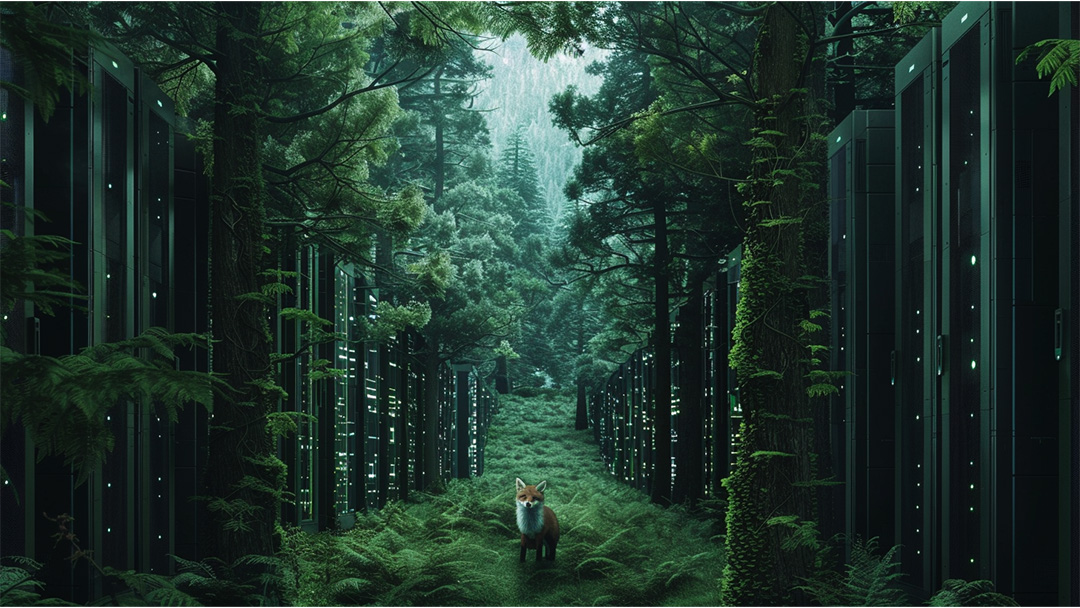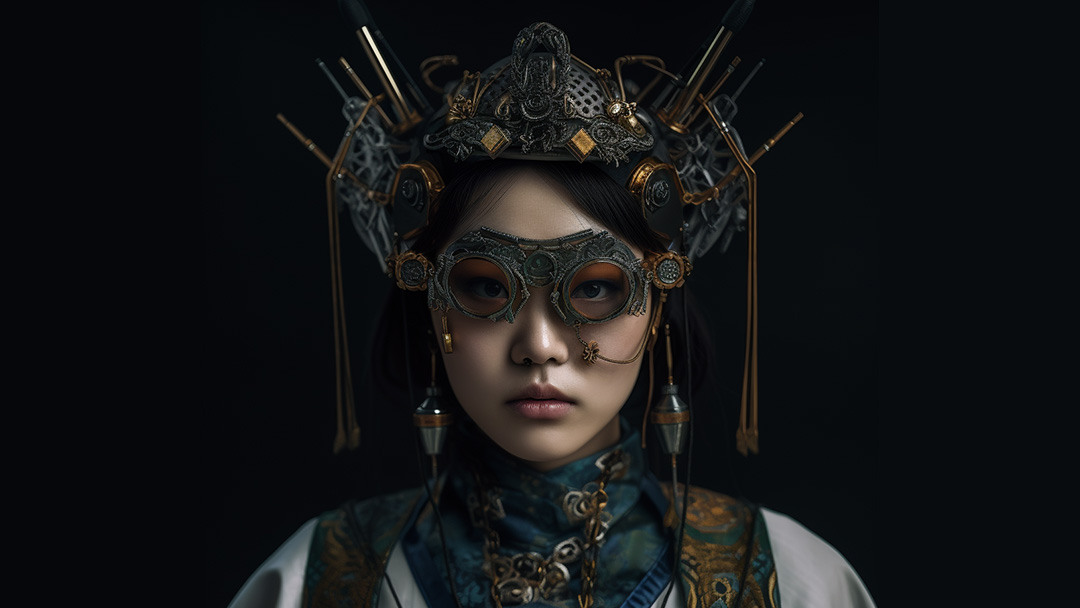Project | All projects ↗
Studio (Un)Real: Allegorical Installations v1
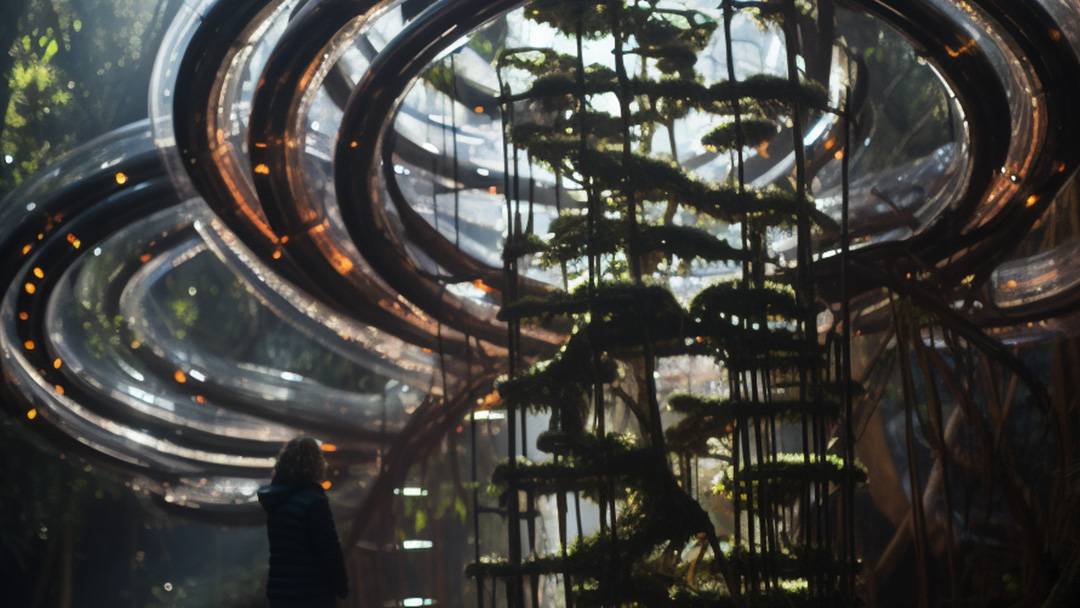
Tan, L., 2023. Studio (Un)Real: Allegorical Installations v1. Bachelor of Design (Architecture), Architectural Communication 2, Swinburne University of Technology
Details
Studio (Un)Real: Allegorical Installations v1 explores themes of concept development, architectural allegories, concept development, and interactive design. In this twelve-week studio, students design through three phases: exploring installation ideas based on stories, develop concepts into interactive installations, and refine visual and verbal communications techniques to communicate these conceptual ideas.
In Phase 1 Ideation, the studio guides students through the process of distilling the theme of a story into a mechanical movement. During these four weeks, students learn to:
- use GenAI to develop allegories from mythological stories,
- visualise the stories through a diagram, and
- develop mechanical experiments to capture the allegory.
In Phase 2 Design, the studio guides students to transform their allegory and mechanical experiments into full scale architectural installations. During these four weeks, students:
- create a design that facilitates human interaction,
- situate how their installation sits and changes an existing space, and
- build a 1:1 prototype of a key component of their installation.
In Phase 3 Communicate, students produce:
- seven posters to communicate their design process and outcome,
- narrative their design journey through verbal communication techniques (Reflective Practice), and
- document their process systematically in their design journal.
The studio concludes with a design presentation for students to storytell their journey and 1:1 prototypes.
- keywords: concept design; architectural allegory; interactive design; design installation
- with: Nadia Anam, Awnili Shabnam, Saibal Dutta
- year: March 2023 – June 2023
Subject details
In this subject, students examine how spaces serve as a form of communication, blending technology and human interaction. Students will explore different ways buildings represent ideas, create animated prototypes, and study architectural elements as parts of dynamic systems, enhancing their understanding and skills in viewing buildings as interactive networks.

